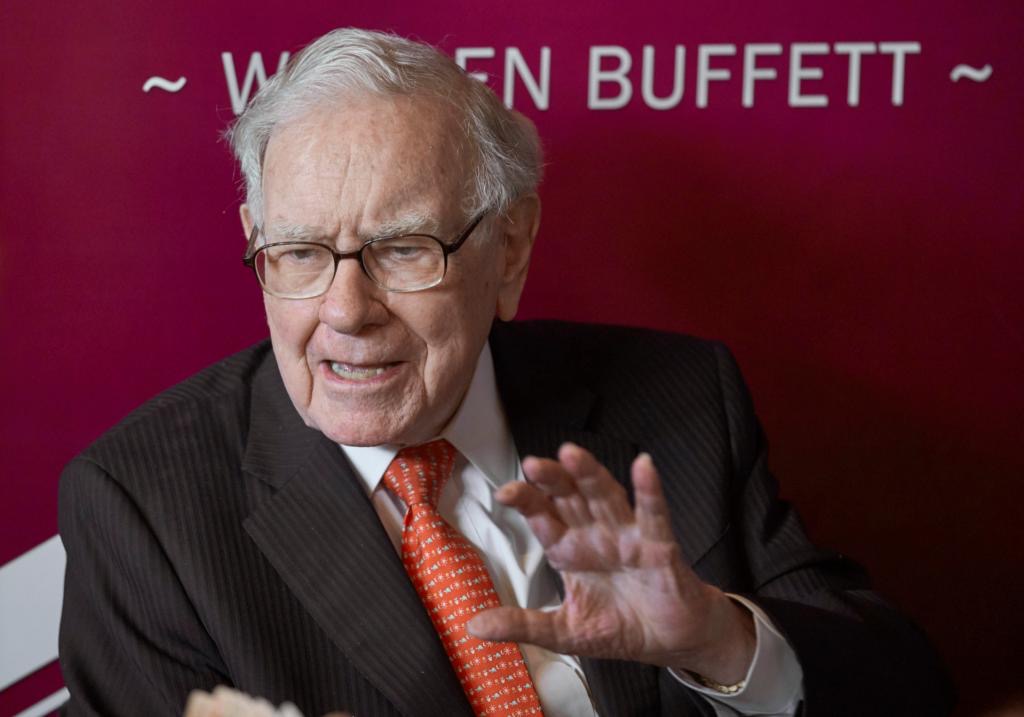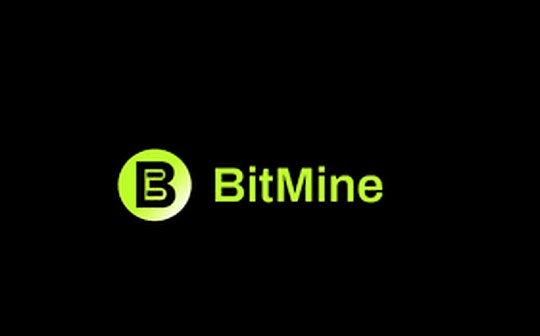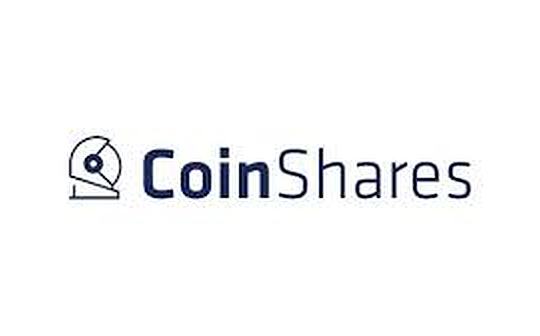
Dialogue with Hengrui Pharmaceuticals' Zhang Lianshan: Without Original Innovation, China's Innovative Drugs Cannot Gain a Foothold in the World
In late September this year, Hengrui Pharmaceuticals (600276.SH; 01276.HK) out-licensed its self-developed ADC product, Rui Kang Trastuzumab, to an Indian company, once again drawing market attention to the overseas expansion of Chinese pharmaceuticals. This is not an isolated case. So far this year, Hengrui has completed five out-licensing deals for innovative drugs, with partners including multinational pharmaceutical companies such as Merck, Merck Sharp & Dohme (MSD), and GSK, involving a potential total transaction value of over US$10 billion.
Behind this lies Hengrui's long-term strategic investment and systematic layout in innovative R&D. In recent years, the company has established mature technology platforms such as PROTAC, peptides, and ADC, initially built a new molecular modalities platform, and ventured into cutting-edge fields like AI drug discovery. For instance, its ADC platform has successfully gained clinical approval for more than 10 novel and differentiated ADC molecules, with Rui Kang Trastuzumab being a representative example. Currently, this drug has been approved for marketing in China, with 9 indications included in the Breakthrough Therapy Designation by the Center for Drug Evaluation (CDE) of the National Medical Products Administration (NMPA).
In fact, Hengrui's transformation has a clear trajectory. In the late 1980s, the successful development of its first anti-tumor drug, "Etoposide," marked the beginning of its journey from a local small pharmaceutical factory to a leading player in the Chinese pharmaceutical industry. After the reform of the drug review and approval system for new drugs commenced in 2015, the profitability of generics narrowed and competition intensified, making the "transition to innovation" a necessity for traditional pharmaceutical companies. Hengrui subsequently adjusted its posture and strategy accordingly.
As early as 2000, Hengrui began embarking on the path of independent R&D. Today, the number of Hengrui's self-developed pipelines ranks second globally. Among these, the company has 24 Class 1 innovative drugs and 4 Class 2 new drugs approved for marketing in China, with over 100 self-developed innovative products in clinical development and more than 400 clinical trials being conducted domestically and internationally. As the innovation transformation enters a deep-water zone, BD (Business Development) has become one of the core levers for Hengrui to maximize the value of its vast pipeline assets.
Zhang Lianshan, Director and Executive Vice President of Hengrui Pharmaceuticals, stated in an exclusive interview with Time Finance: "Hengrui always adheres to giving equal importance to independent R&D and open cooperation, focusing on strengthening international cooperation based on endogenous development. Steadily advancing internationalization is Hengrui's long-term development strategy. We are not fixed on a single model; our出海 paths will continuously evolve, forming different approaches based on different products."
The past decade has been both a period of exploration for China's pharmaceutical industry transitioning from generic dependency to innovation-driven growth, and a critical period for the reshaping of the industry landscape. In this process, innovation has become the core of pharmaceutical companies' survival, while internationalization is the necessary path to break through growth bottlenecks. Strengthening internal R&D and expanding external cooperation constitute the dual pathways for the transformation of local pharmaceutical companies.
















